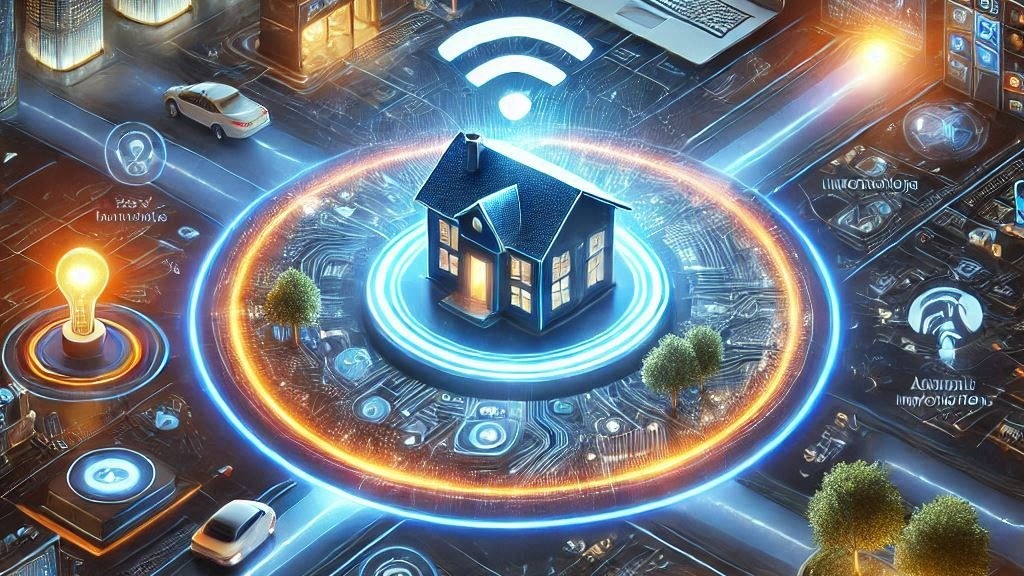In today’s fast-paced world, the need for efficient and reliable maintenance scheduling is more critical than ever. This is especially true in industries like aerospace, where the stakes are high, and precision is paramount. Enter automated maintenance scheduling with AI, a cutting-edge solution that is transforming the way businesses manage their maintenance tasks. By leveraging the power of artificial intelligence, companies are able to streamline their operations, reduce downtime, and enhance productivity.

The Importance of Maintenance Scheduling
Maintenance scheduling is a crucial component of any operation, particularly in the aerospace industry. Ensuring that all equipment is functioning optimally not only enhances safety but also minimizes costly disruptions. Traditional methods of scheduling can be labor-intensive and prone to human error. However, by incorporating AI-driven solutions, companies can automate this process, leading to more accurate and timely maintenance.
How AI is Revolutionizing Maintenance
The use of AI in maintenance scheduling allows for the analysis of vast amounts of data to predict when equipment will require servicing. This predictive capability means that maintenance can be performed proactively rather than reactively, preventing potential failures before they occur. AI algorithms can assess factors such as equipment usage, environmental conditions, and historical data to recommend optimal maintenance schedules.
Benefits of Automated Maintenance Scheduling
Increased Efficiency and Productivity
Automated maintenance scheduling with AI significantly enhances operational efficiency. By reducing the manual labor involved in scheduling, employees can focus on more strategic tasks. This not only boosts productivity but also ensures that maintenance is conducted on time, thereby reducing downtime.
Cost Savings
Implementing AI-powered maintenance scheduling can lead to substantial cost savings. By anticipating maintenance needs, companies can avoid expensive emergency repairs and extend the lifespan of their equipment. Additionally, optimized scheduling reduces the need for excess inventory, further cutting costs.
Improved Safety
Safety is paramount in industries like aerospace, where equipment malfunction can have dire consequences. By using AI to predict maintenance needs, companies can ensure their equipment is always in top condition, reducing the risk of accidents and enhancing overall safety.
Challenges and Considerations
Data Integration
One of the primary challenges in implementing AI-driven maintenance scheduling is integrating data from various sources. Ensuring that the AI system has access to accurate and comprehensive data is crucial for its effectiveness.
Initial Setup and Costs
While the long-term benefits of automated maintenance scheduling are significant, the initial setup can be costly and time-consuming. Companies must be prepared to invest in the necessary technology and training to fully realize the advantages of AI.
Real-World Applications and Success Stories
Many companies across different sectors have successfully implemented AI-driven maintenance scheduling and reaped the benefits. For instance, some aerospace firms have reported a drastic reduction in downtime and maintenance costs, demonstrating the real-world value of this technology.
Case Study: Aerospace Industry
In the aerospace industry, companies are increasingly turning to AI for maintenance scheduling. This move has resulted in enhanced operational efficiency and safety, with some firms achieving up to a 30% reduction in maintenance-related downtime.
Future of Maintenance Scheduling with AI
Continuous Improvement and Innovation
The field of AI is constantly evolving, and its applications in maintenance scheduling are no exception. As technology advances, we can expect even more sophisticated and efficient AI solutions to emerge, further revolutionizing maintenance practices.
Integration with IoT
The integration of AI with the Internet of Things (IoT) represents the next frontier in maintenance scheduling. By connecting equipment to the internet, AI systems can receive real-time data, allowing for even more precise and timely maintenance predictions.
Conclusion
Automated maintenance scheduling with AI is a game-changer for industries that rely on precision and efficiency, such as aerospace. By embracing this technology, companies can enhance their operations, reduce costs, and improve safety. As AI continues to evolve, its role in maintenance scheduling is only set to grow, paving the way for a more efficient and reliable future.

Frequently Asked Questions
What is automated maintenance scheduling with AI?
Automated maintenance scheduling with AI involves using artificial intelligence to predict and plan maintenance activities. This approach minimizes human intervention and optimizes maintenance schedules based on data analysis.
How does AI improve maintenance scheduling?
AI improves maintenance scheduling by analyzing data to predict when maintenance is needed. This predictive capability prevents equipment failure, reduces downtime, and enhances operational efficiency.
What are the benefits of automated maintenance scheduling?
The benefits include increased efficiency, cost savings, improved safety, and reduced downtime. AI-driven scheduling allows for proactive maintenance, extending equipment lifespan and optimizing resource use.
For more insights on AI and its applications, visit ScienceDirect or explore AI-powered home monitoring for further understanding.

